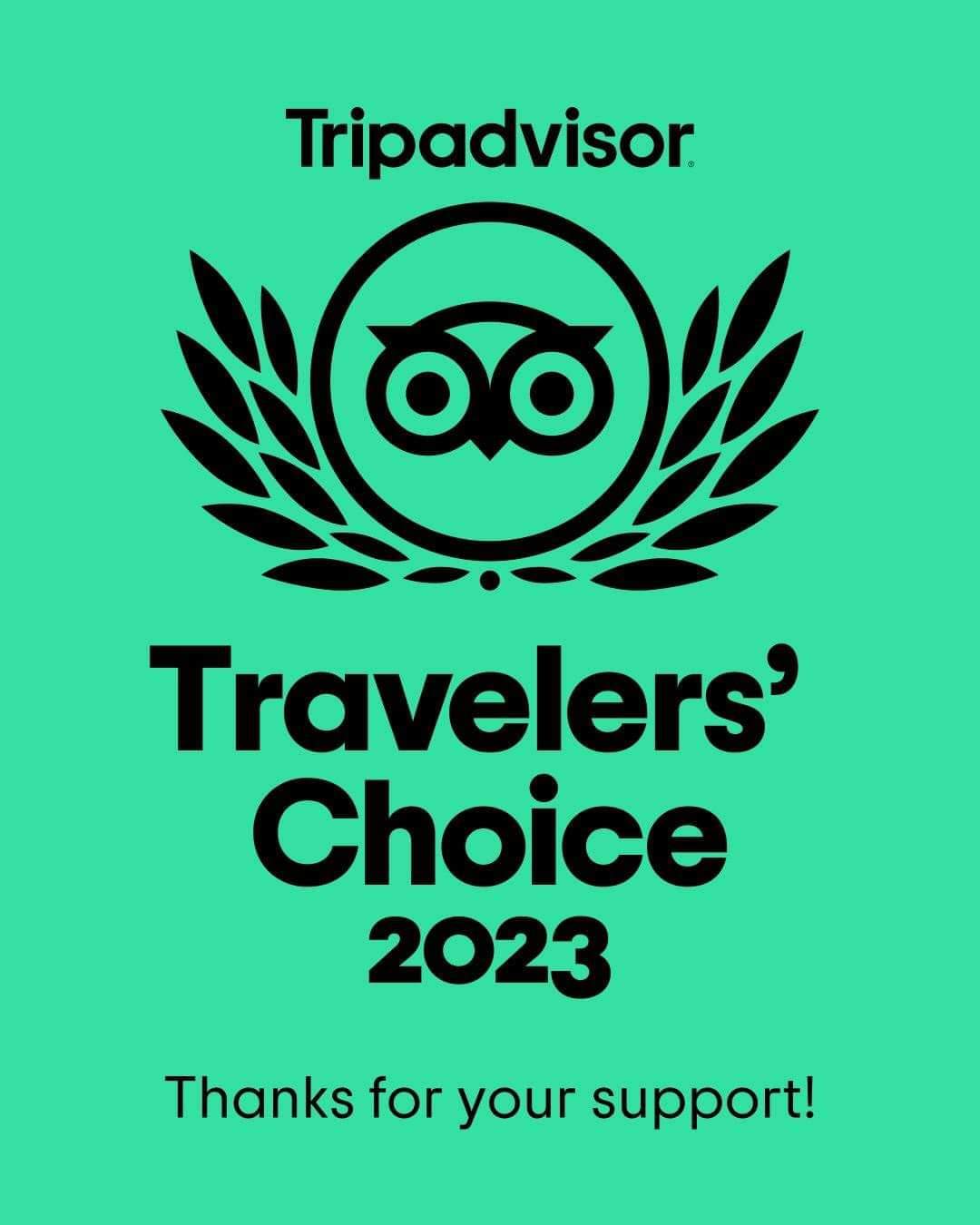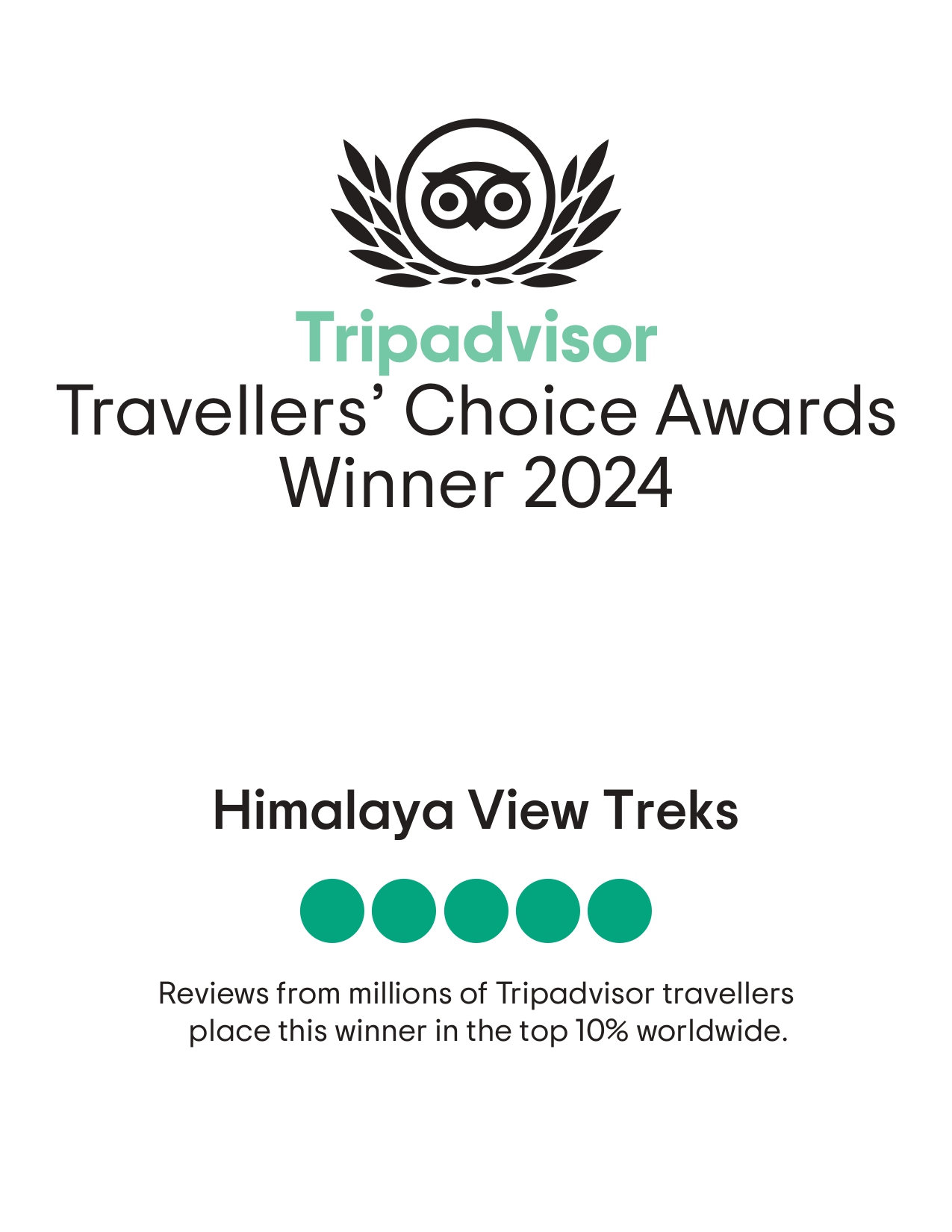A. Nepal is between India & the Tibetan Autonomous Region of the People’s Republic of China. It is first question on Trekking FAQs.
Q. Is trekking for me?
A. If you are reasonably fit and enjoy walking you will find a trek in the site to suit you.
Normally the shorter treks tend to be easier whilst thelonger ones often require a better standard of fitness. All treks in the site have been graded. It is also worth remembering if I am tailoring your tour, you can choose the pace and direction of your experience.
Q. How far do we walk each day? Trekking FAQs
A. This is best measured in time – about 5 to 6 hours for each full day (or 12-15 km) in hilly terrain. In the morning we walk from 8-11 am and in the afternoon from 1-3 or 4 pm. A 1/2-day or full day for rest is planned for each trek over 8 days in length.
Q. Where to stay on trek?
A. In the more popular trails (Annapurna Everest and Langtang) there are Mountain lodges providing sleeping accommodation and meals. Gone are the days when trekkers had to share dormitories, almost all lodges nowadays provide private rooms and many also have solar showers and clean toilet facilities. You can of course opt for a camping trek in these regions but as many campsites. Trekking in more remote areas necessitates transporting in all the needs for the group (tents food etc).
Q. What about the tents and sleeping bags if I camp?
A. Tents & pads, are provided. Tents are designed for double occupancy. Please bring your own sleeping bag if trekking in Nov- Dec make sure your sleeping bag is rated to -10oC.
Q. What will the trail be like in the trek?
A. Most of the trails that we follow are centuries old. Because of the rugged nature of the Himalayas, there is more exposure to heights as the grade is steeper. Where the trek follows rivers there will be bridges, as the trail will often reverse sides. The bridges are constructed with cables, wire, and plank and are strong enough for heavily laden pack animals.
Q. Is the food / water safe to eat / drink?
A. hygiene when trekking generally has improved considerably over the last ten years; I have local knowledge to choose the lodges, which maintain a high standard of hygiene. If you are camping in a tent, all meals are prepared to high standards, fruit and vegetables are soaked in iodine before preparation. Most lodges serve boiled and filtered water, which is generally safe, we suggest a drop of iodine to be totally sure. We discourage the purchase of bottled water for the obvious environmental reasons. Please bring a water bottle with you, which you can refill.
Q. What equipment should I bring? Trekking FAQs
A. You need to have enough gear to be warm and comfortable but without overloading. Usually you will experience warm days and cold nights depending on altitude and the time of year. Most treks to around 3000 m. are really quite comfortable especially in springtime. Please refer to my web site for a suggested list of items to bring or e-mail me for our equipment list. It is worth remembering you can buy or rent a lot of what you will need in Kathmandu before your trek at very reasonable prices, I can also provide our own back pack to you for rental.
Q. Daypack and shoes? Trekking FAQs
A. The pack, with a capacity of about 2-5 kg, should fit comfortably. You will need to carry only the daily necessities such as water bottle (1Litre), camera, personal toiletries, and extra clothing as dictated by the weather. They will be your best friend on the trek.
Q. What is altitude sickness?
A. Altitude sickness often known as acute mountain sickness (A.M.S.) in general may occur when people ascend too quickly normally in altitudes of over 3000 m. We ensure minimal risk by building in rest days into our trekking Itinerary. Most people will feel some affect of altitude, shortness of breath and possibly light headed, this is fairly common. Acute mountain sickness is very different and normally involves a severe headache, sickness and loss of awareness. In almost every potential case there are enough warning signs to take appropriate action. Descending to a lower altitude will generally be enough to prevent any further problems. Some trekkers obtain a prescription for medication for AMS (Diamox) – you can discuss with your doctor whether this is right for you.
Q. What happens if there is an emergency?
A. All of our guides are in basic first aid and can deal with the basic ailments that may occur on the trek. In the event of an emergency, the guide will cover the initial expenses of any rescue operation, which organizes evacuation by helicopter if needed. It is a condition of booking that you need in an event as these expenses will need from your insurance company. Moreover, in the more regions there are health posts, which is from foreign doctors and overseas personnel staff we have full knowledge about Himalayan Rescue Association.
Further useful information: Trekking FAQs
- Please respect local traditions, customs, values and sentiments to help protect local culture and maintain local pride.
- Respect privacy when taking photographs
- Respect holy places
- Refrain from giving money to children as it encourages begging
- Respect for the local etiquette earns you respect
- Let the Himalayas change you – Do not change them
- Protect the natural environment
- Leave the campsite cleaner than you found it
- Limit deforestation – make no open fires
- Burn dry paper and packets in a safe place
- Keep local water clean and avoid using pollutants
- Plants must flourish in their natural environment



